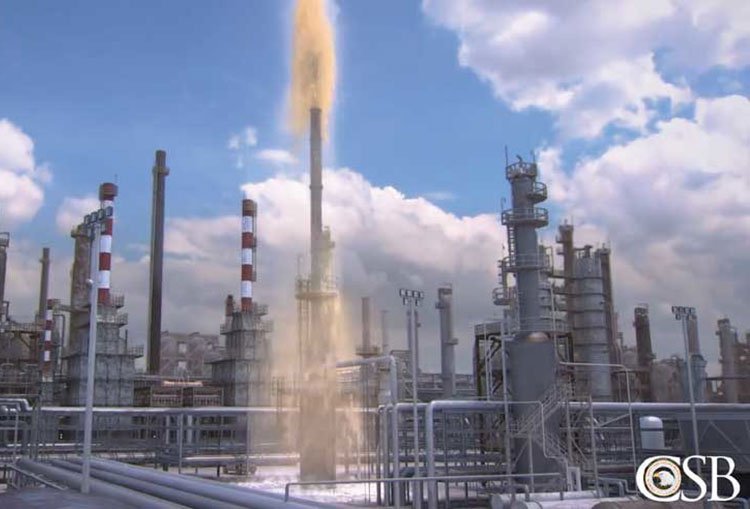Chemical Safety Board warns of emergency discharges from pressure release valves
Courtesy of CSB and NSC Safety+Health Magazine
A look at four incidents—some deadly—involving emergency discharges from pressure release valves has prompted the Chemical Safety Board to issue a safety alert.
High-pressure conditions in chemical facilities can activate the emergency pressure relief system.
CSB examined such occurrences while investigating four incidents detailed in the report: a May 2018 chemical release and fire at the Kuraray America Inc. plant in Pasadena, TX; a November 2014 toxic chemical release at the DuPont facility in La Porte, TX; a May 2009 explosion and fire at the Veolia Environmental Services facility in West Carrollton, OH; and a March 2005 explosion and fire at the BP refinery in Texas City, TX.
Collectively, the incidents resulted in 19 deaths and 207 injuries, according to CSB.
The agency offers three lessons for facilities:
Follow existing good practice guidance.
Evaluate whether the atmosphere is the appropriate discharge location or if safer alternatives exist.
Ensure hazardous chemicals vented into the atmosphere discharge to a safe location.
In a press release, CSB Chair Steve Owens said the incidents “underscore the importance of thoroughly evaluating emergency pressure relief systems to ensure they discharge to a safe location where they will not harm people.”
CSB member Catherine J.K. Sandoval added: “OSHA requires employers to provide a safe workplace. Effective and safe pressure relief systems help ensure safe operations of plants across the country.”
Related Articles
Chemical Safety Board issues recommendations for preventing vapor discharges and fires
Kulinowski announces resignation from Chemical Safety Board
Chemical Safety Board announces appointment of senior advisor
Chemical Safety Board to chemical facilities: Remember cold-weather best practices
Senate confirms Johnson, Owens as members of Chemical Safety Board


